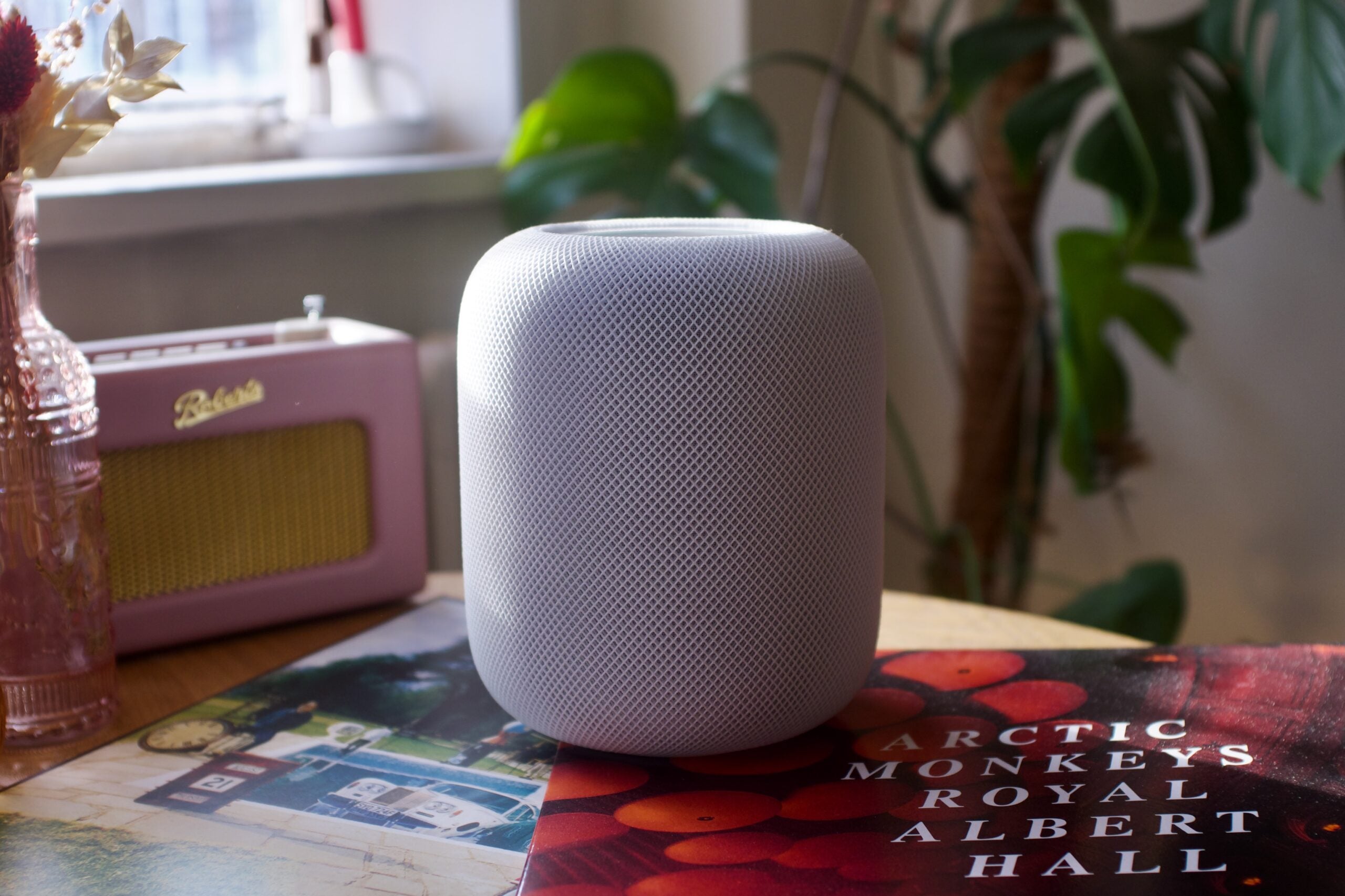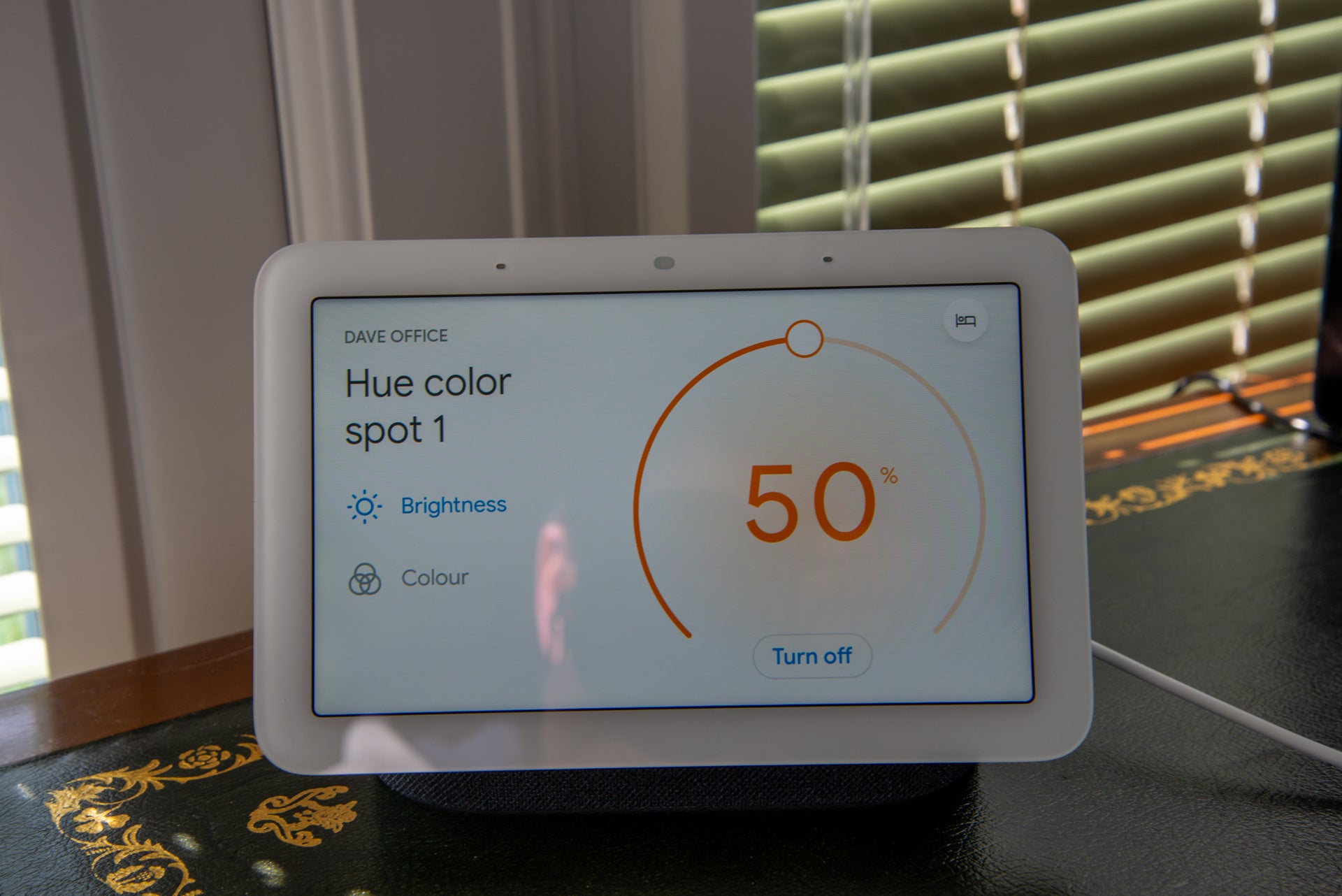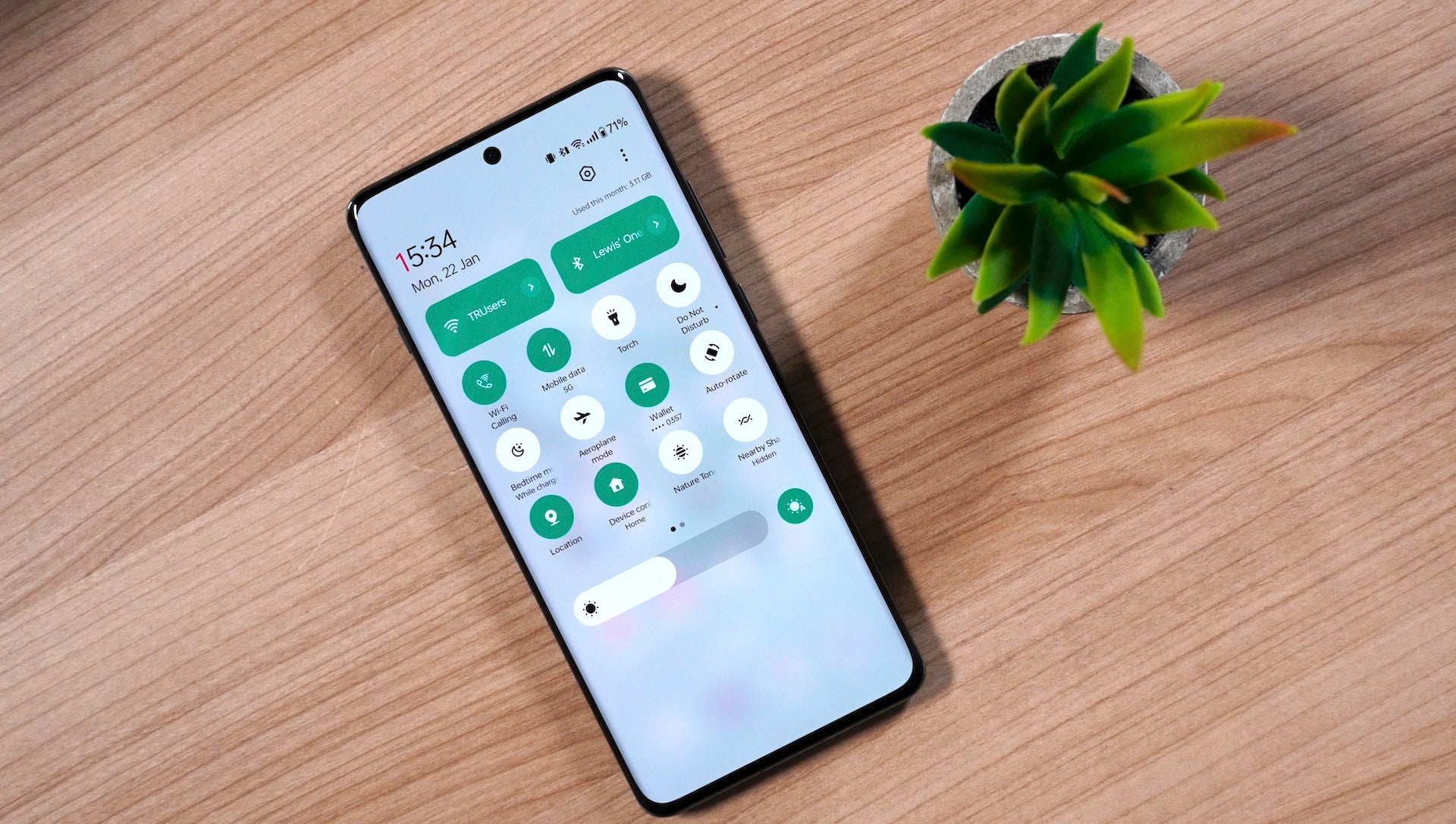What is sRGB? The display tech explained

If you’re shopping for a monitor or another tech device with a screen, then you may have come across the term sRGB. Here’s what it means.
There are many different ways to measure the quality of a screen, and one of the potential metrics often cited by manufacturers is the percentage of sRGB that the product may offer. But what does this actually mean?
sRGB, which stands for “Standard Red Green Blue”, is a “colour space”, meaning that it is a standardised range of specific colours which are produced by combinations of the three additive primary colours listed in its name. The specific coordinate values belonging to this colour space are published by the International Color Consortium.
In the video below, you can watch the scientist Karl Lang explain the concept of its standardisation across various industries and products:
What does the percentage of sRGB signify?
When reading our product reviews, you may notice that a screen is given a percentage sRGB score when it has been carefully measured by a colorimeter.
This number refers to the proportion of the colour space that it is able to reproduce, with a higher percentage indicating a wider range. If a product has a relatively low score, that means it has fewer colours on offer in the sRGB space, whereas if a product has a higher score it has mor colours in that space and can potentially reproduce images more faithfully.
Are there alternatives to sRGB?
Despite sRGB being very widely used and quoted across the industry, it is not the only colour space that’s in use; alternatives include Adobe RGB and DCI-P3, and both of these contain more colours than sRGB (by approximately 25%), with the latter of these also being the one used by HDR content. In fact, when we perform tests on smartphones or laptop screens, many of the best devices offer 100% coverage of the sRGB colour spectrum but are likely to score lower for DCI-P3 or Adobe RGB.








